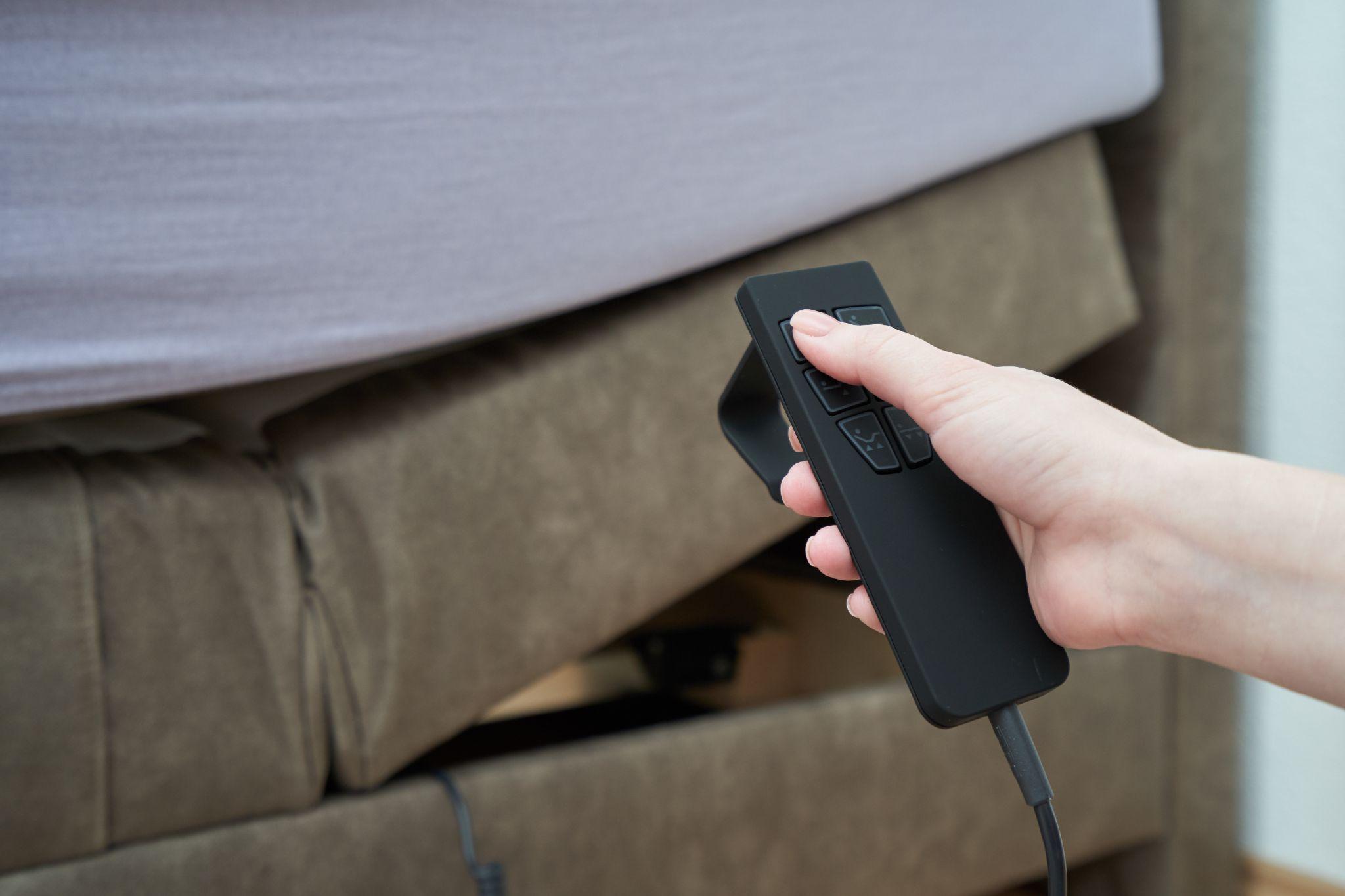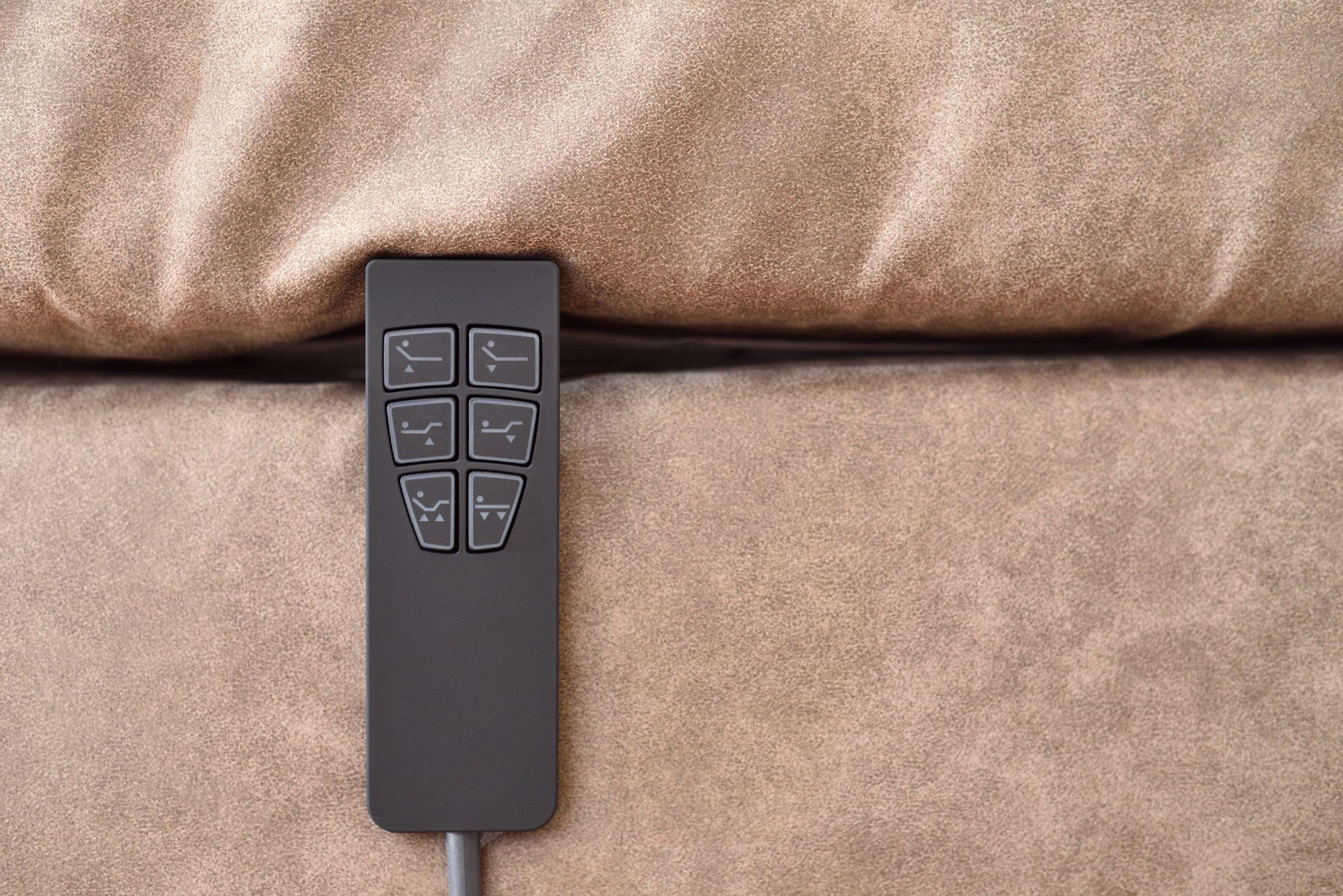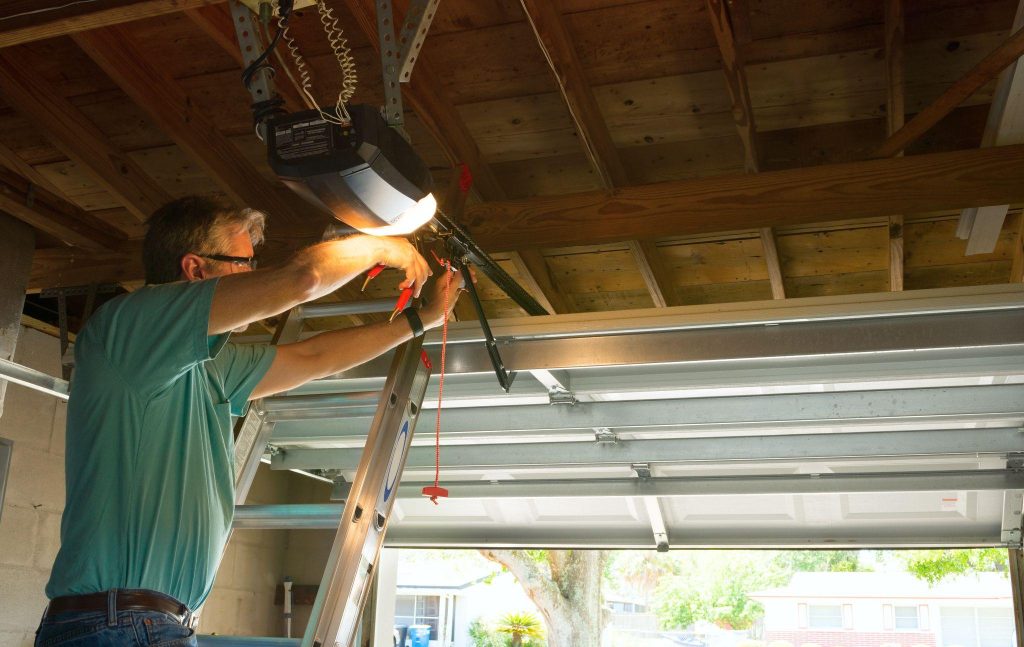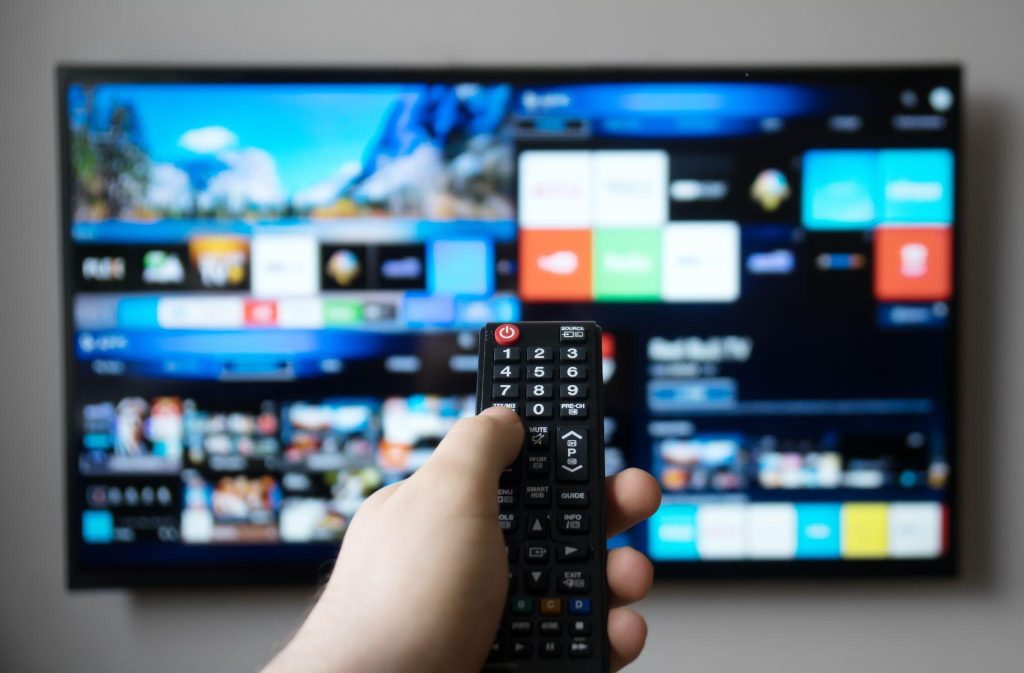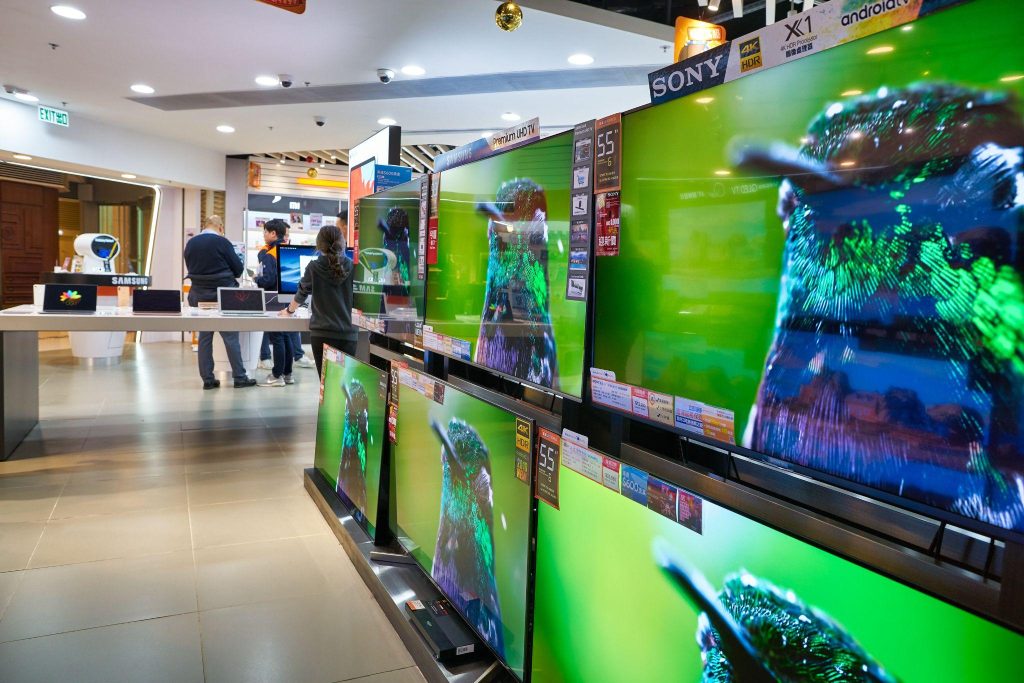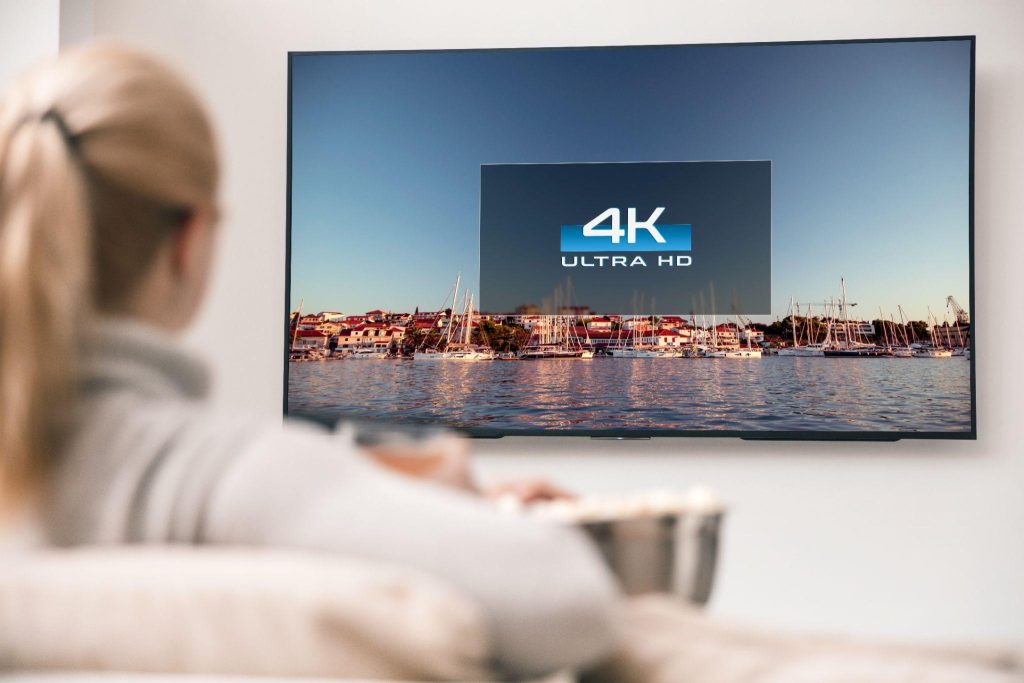
With modern flat panel televisions being much bigger, thinner, and lighter, there are so many placement options within your home. One of the more popular options is to use a TV wall mount and secure the TV to the wall. If you are considering buying a wall mount, our buyer’s guide is the perfect place to start.
How Do TV Mounts Work?
TV mounts are devices that are attached to the back of a television, allowing it to be mounted on a wall or other vertical surface. The mounts usually include a bracket that attaches to the back of the TV and then attaches to the wall using screws or other fasteners.
The bracket will also have a range of adjustment features, such as tilt, swivel, and rotation, to allow the television to be positioned in the desired position.
How to Choose a TV Wall Mount?
When choosing a TV wall mount, the first step is to determine the size of the TV and the weight of the mount. The mount should be able to support the TV’s weight easily, so it is crucial to choose a mount that is rated for the size and weight of the television.
Additionally, the mount should be compatible with the wall, so it is essential to ensure that it is compatible with the wall material and stud spacing. Finally, it is important to consider the mount’s features, such as tilt, swivel, and rotation, as well as the overall aesthetic of the mount.
What Are The Benefits of TV Wall Mounts?

The primary benefit of using a TV wall mount is that it allows a television to be positioned in a desired location and angle without worrying about it taking up valuable floor space. This is especially useful for smaller rooms or for televisions that are placed in locations where furniture would otherwise block the view.
Wall mounts also provide a more secure solution for larger televisions, helping to prevent them from tipping over or being accidentally knocked off their stands. Finally, wall mounts can also help improve a room’s overall aesthetic, as they provide a sleek, modern look that can complement any décor.
What Are the Different Types of TV Mounts?
There are several different types of TV wall mounts available, and each offers different features, including the following:
Low Profile or Fixed Mounts
These types of TV mounts are the most basic option and are designed to be installed in a fixed position. Therefore, the TV will be in a flat position secured closer to the wall and cannot be adjusted.
Tilting Mounts

Tilting mounts are the next step up because they allow the television to be tilted up or down. They are ideal when you need to mount the TV higher on the wall and want to be able to tilt it downward to make viewing it easier. However, they also keep the TV closer to the wall and do not allow for swivel and rotation.
Articulating Mounts
Articulating mounts, also called full-mount mounts, are the most versatile option, as they offer a wide range of adjustment options. They often include tilt, swivel, and rotation, making it easier to position the TV so it can be viewed at almost any angle.
3-in-1 Stands with TV Mounts
3-in-1 TV stands with mounts are a great choice for those who want to be able to move their television around. These stands typically feature a built-in mount that can be adjusted, allowing the television to swivel, tilt, and rotate. Additionally, the stands usually include the following:
- An adjustable shelf and storage compartments
- Allows users to store their media devices
- Gaming consoles
- Other items
The 3-in-1 stands with mounts offer the convenience of moving the television around the room while still providing a secure mounting solution.
Ceiling Mounts
Ceiling mounts are an excellent choice for bedrooms with limited wall space, as they allow the television to be mounted directly to the ceiling. They also make it easier to lie in bed and watch TV since the TV is mounted on the ceiling, so you do not have to worry about back and neck strain.
What Are the Benefits of TV Wall Mounts?
TV wall mounts offer many benefits, such as improved aesthetics, improved security, and better viewing angles. Wall mounts also provide the ability to adjust the television’s position for optimal viewing, as well as the ability to move the TV to a different location if necessary.
Wall mounts also provide a more organized look for a room since the television no longer needs to be placed on a stand or table that takes up valuable floor space. Finally, wall mounts can help reduce glare, as they allow the television to be positioned at an optimal angle for reducing reflection.
Which Is Better: TV Mounts or TV Stands?
The answer to this question depends on the individual’s needs and preferences. For example, TV mounts offer the advantage of freeing up floor space and providing a more organized look, while TV stands can give a more traditional look.
However, if security is a concern, a wall mount may be a better option since it will help to prevent the television from tipping over or being accidentally knocked off its stand. Ultimately, it is up to the user to decide which option is best for them.
6 Tips for Buying a TV Wall Mount
- Measure the screen size and dimensions of your TV and check the mount’s weight capacity.
- Consider the type of wall you are mounting the TV on and make sure the mount is compatible.
- Look for a mount with features that match your needs, such as tilt, swivel, and rotation. Check the mounting hardware to make sure it is compatible with the wall.
- Verify the placement of wall studs, as this will provide the most secure installation.
- Look for a mount that is aesthetically pleasing and easy to install.
- Consider the cost of the mount and make sure it fits within your budget.
Finding the Right TV Wall Mounts for Your TVs
Finding the right TV wall mounts for your TVs is easy when you browse through the different ones available at Replacement Remotes. We offer a variety of TV mounts to accommodate a wide range of TV sizes. If you do not see your TV size, have other questions, or require ordering assistance, do not hesitate to contact us today at 855-573-6683.


